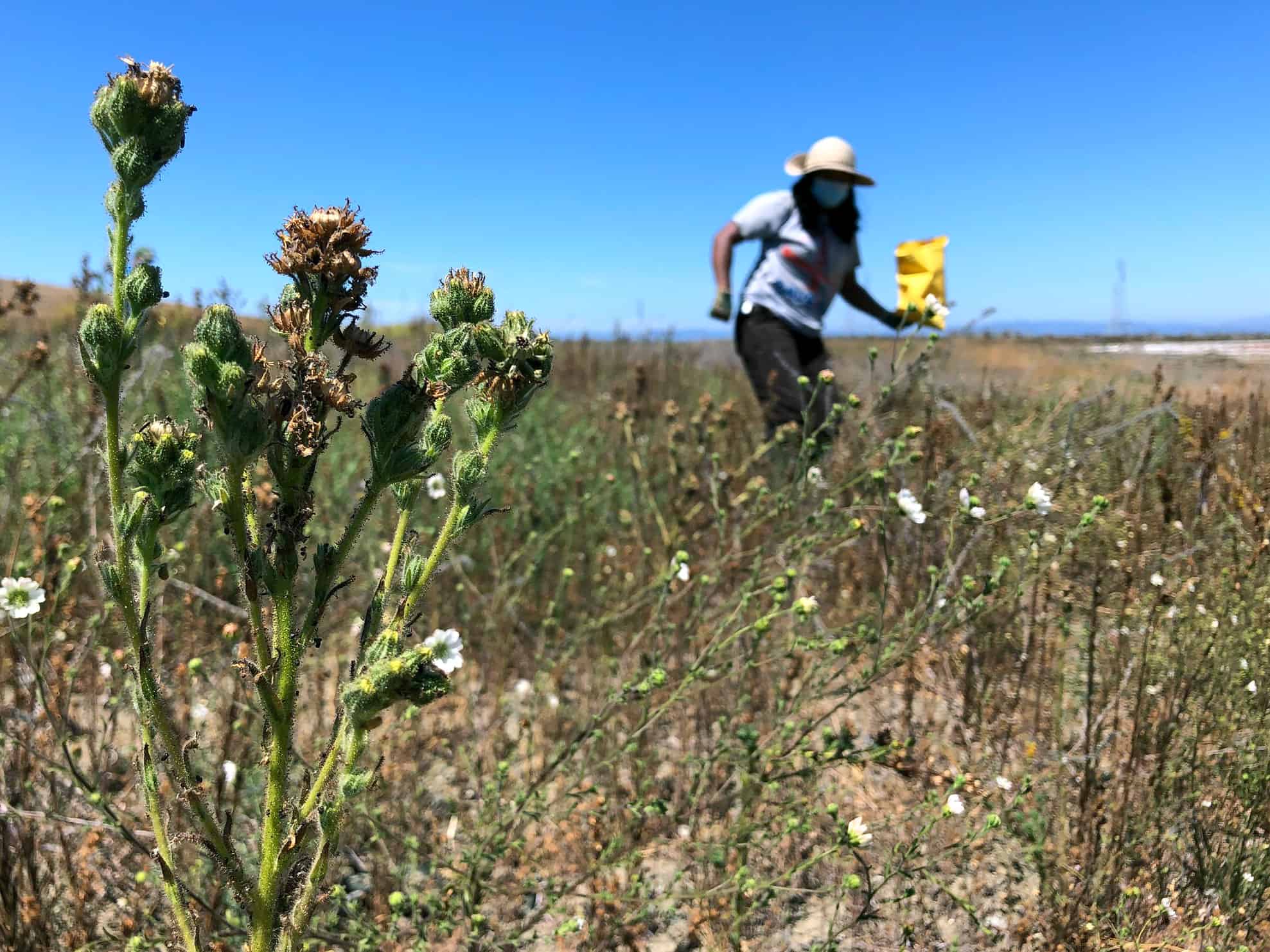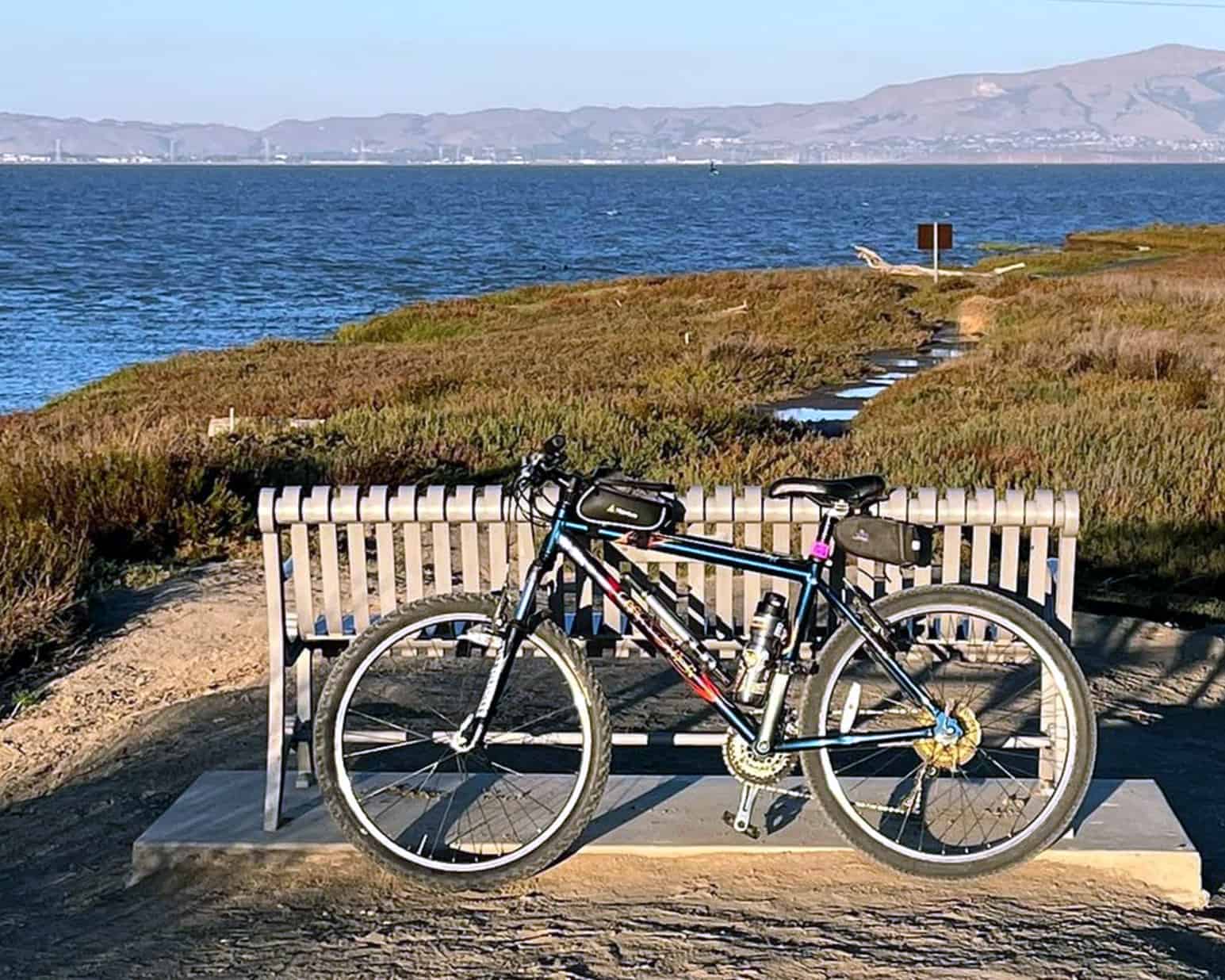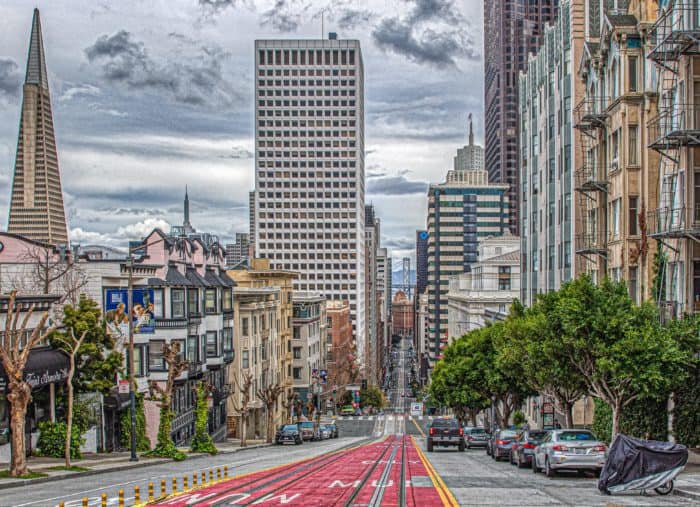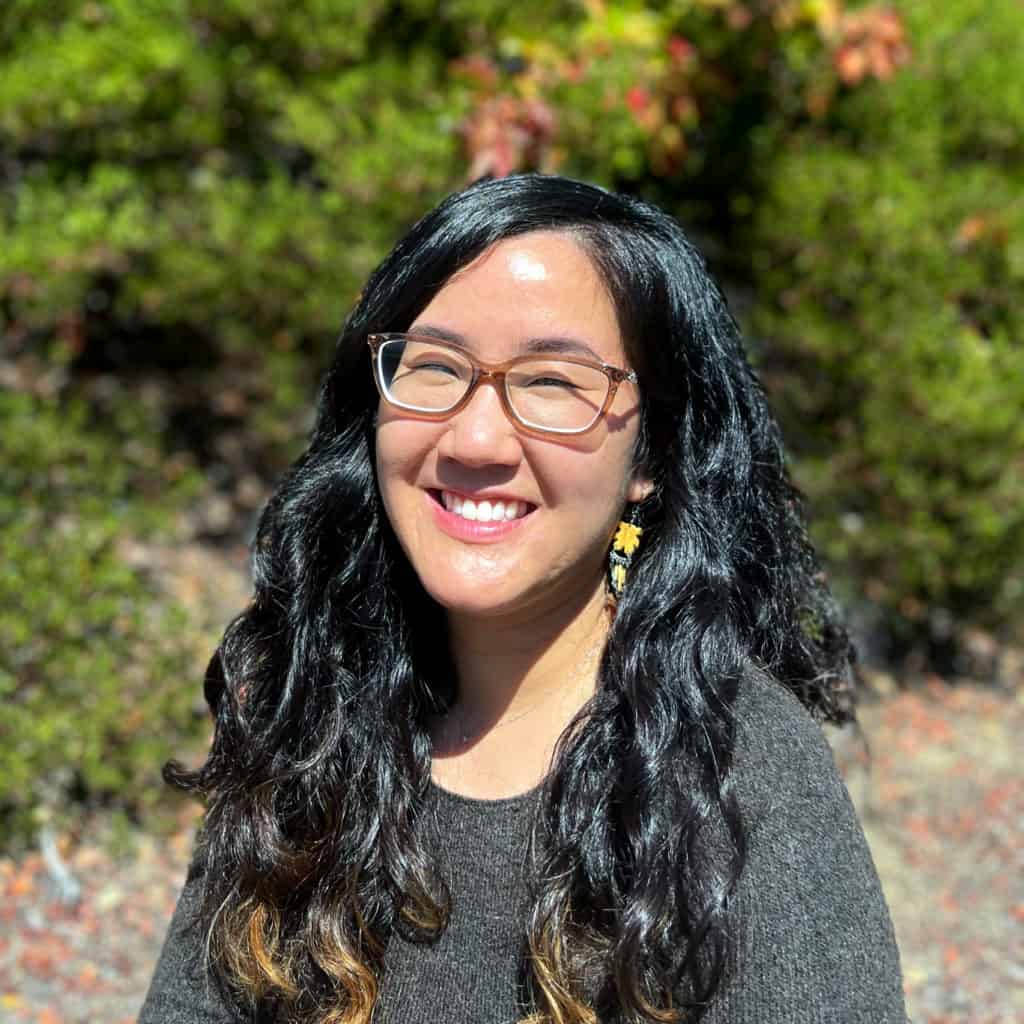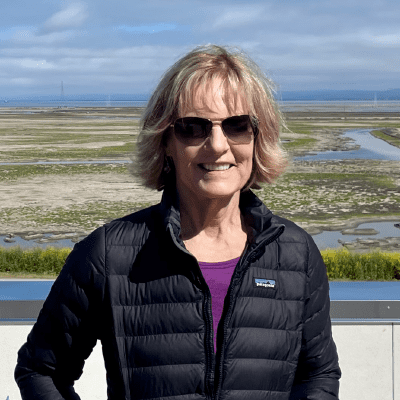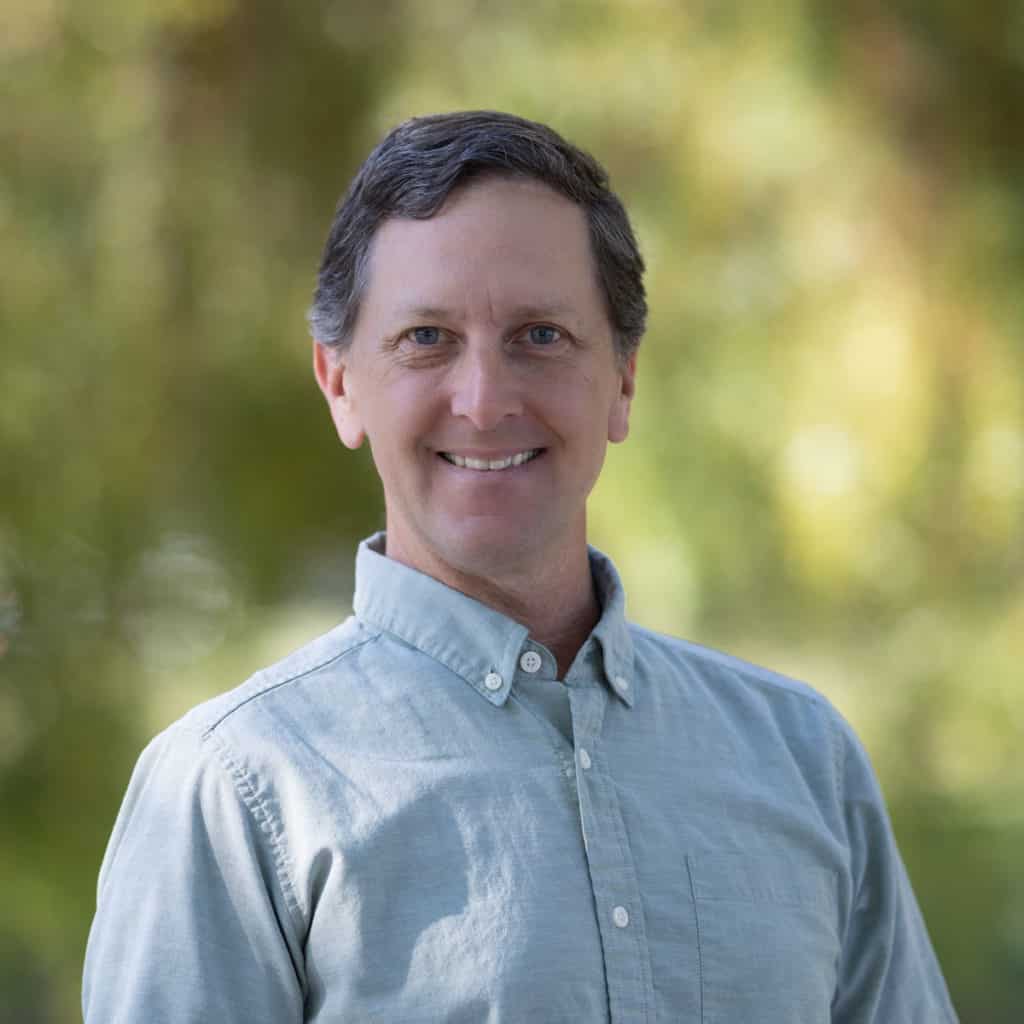Save The Bay’s 2022 Annual Report
October 1, 2021 through September 30, 2022
Over our 60-year history, one thing has remained true:
Bay Area Communities inspire us.
Save The Bay is the only regional organization that integrates political advocacy, wetland restoration, and education to shape a resilient region. From our founding in 1961 to today, our vision for a healthy and resilient Bay Area is only possible because of you.
Advocate
Our work advances nature-based climate adaptation strategies along the shoreline and inland in our communities. We support green stormwater infrastructure and urban greening as solutions that protect communities from threats such as flooding and extreme heat, and accelerate equitable regional sea level rise and storm flood preparedness strategies. We promote integrating nature-based adaptation into local, state, and federal planning and policies.
These solutions require building strong relationships with Bay Area decision-makers, community organizing, and increased public financial investment in San Francisco Bay, which has historically been underfunded compared to other nationally important estuaries.
Big Win for the Bay

Our work throughout fiscal year 2021-22 led to a win in the final days of 2022: Congress approved and President Biden finally signed into law a bill that we worked with U.S. Rep. Jackie Speier and Senator Dianne Feinstein to pass since 2010! We led a coalition of business, environmental, and government interests to secure this victory, which establishes and funds a new program at the U.S. Environmental Protection Agency to protect and restore our Bay. Additionally, our work contributed to $54.5 million in new funding at the federal level to fight pollution and restore wetlands around our Bay.
Learn how these efforts help provide missing pieces to the Bay restoration funding puzzle →
San José
Urban Greening
In San José, the Bay Area’s largest city by size and population, Save The Bay focused outreach activities in East San José—where residents suffer greater exposure to effects of extreme heat, flooding, and other climate threats due to a lack of tree cover and historic underinvestment in infrastructure.
We collaborated with Tropicana-Lanai Neighborhood Association, and Veggielution (a community farm), and co-hosted a Spanish-language workshop on urban greening with Latinos United for a New America (LUNA).
Ask An Expert
How Do We Keep Trash Out of Our Bay?
Since the Regional Water Board’s 2019 order that requires Caltrans to prevent trash from entering waterways through storm drains on 8,000+ acres, Save The Bay has focused on holding Caltrans accountable. The agency’s 2022 data shows that it is still failing to meet required standards and remains out of compliance.
Donor spotlight
Lulu Carlisle, 4th Grade
Lucinda “Lulu” Carlisle, Oakland resident and student at Crocker Highlands Elementary, dropped by Save The Bay’s office with her family to deliver a generous surprise—a donation that she had saved up all year, and homemade cookies still warm from the oven!
Her card read, “I donated to you all because I love your organization! Because we need to do something about climate change! I hope you enjoy the cookies.” Thanks, Lulu!
Board spotlight
Juliana Park
Juliana Park is a Save The Bay donor, volunteer, and board member. Her daughter has a passion for the environment, and this inspired her to get involved and make a difference.
“My daughter Sasha and I have been volunteering with Save The Bay for the last eight years, since she was 12 years old. She recently came home from college and while marveling at the Bay, she shared that my generation should have responded sooner to the climate crisis. I contribute what I can to accelerate Save The Bay’s efforts, so we leave a better planet—and a healthy Bay—for my kids and future generations.”
Restore
San Francisco Bay needs 100,000 acres of tidal marsh to support a healthy ecosystem and prepare our region for sea level rise and other climate impacts. Healthy wetlands act like a natural sponge by absorbing stormwater and filtering trash and pollutants. They offer habitat to threatened species, remove CO2 from the air, and bring us beauty and recreation. For two decades, Save The Bay has led the region in habitat restoration techniques that accelerate healthy habitat.
This year, we stewarded six sites (80 acres), and three native plant nurseries, with a focus on 45.5 acres in Novato, Hayward, and Menlo Park. Smaller, accessible sites are central to our community engagement programs, and large-acreage projects—such as Ravenswood horizontal levee— allow us to experiment with methods to impact the shoreline on a landscape scale.
Ask An Expert
What is a Horizontal Levee?

Save The Bay’s Ravenswood levee was featured in a clip on ABC7 news, which highlighted the ways the project applies climate adaptation methods on a large scale and serves as a model for future projects around the region.
Horizontal levees are wide, gently sloping, vegetated buffers of land that prevent water from moving inland. Instead of traditional, mounded, narrow levees or hardened structures, horizontal levees are a nature-based solution to protect communities from flooding and sea level rise. Combining a gradual incline of land with tidal marsh, horizontal levees reduce flood risk through wave attenuation and vegetative protection. By growing plants suited for the habitat transition zone on a slope, horizontal levees are better suited to adapt to rising sea levels.
Shoreline Restoration
-
13,000
native seedlings planted
-
25,000
lbs invasive plants removed
-
1,000
lbs of trash collected
Return to Public Engagement
We were excited to gradually bring schools, businesses, and the public back to our shoreline sites, for the first time since 2020, with careful health protocols. Volunteers learn about Bay ecology and climate change while helping collect seeds, transplant, and remove trash and invasive species.
-
1,590
volunteers at shoreline
-
4,750
volunteer hours
-
$142,500
value of volunteer hours
Nursery Spotlight
Year-Round Seed Cycle
-

Spring
Native seeds are sown in our greenhouses
Click through to read more → -

Summer
Approximately 20,000 seedlings are transplanted into larger pots
→ -

Summer & Fall
As the seedlings continue to grow, we collect and process seeds for the following year
→ -

Winter
Mature seedlings are planted at our restoration sites
→ -

And the cycle continues!
One Minute in the Greenhouse
See how we sprout and transplant 20,000 native seeds each year.
Novel Techniques for Germination

We get creative, and use methods such as soaking seeds in coffee, to simulate natural conditions that help them break dormancy and germinate. This is a process called stratification. Coffee emulates acids in the digestive tract of animals, like birds. We also keep some seeds, like native grasses, in the fridge with perlite for 1.5 weeks to give them the cool, moist germination environment they need.
Staff Spotlight
Millie Calzada, Native Plant Nursery Manager

Millie Calzada joined Save The Bay in June of 2022 and brings a wealth of experience, including work with the Golden Gate National Parks Conservancy in overseeing the seed collection of 50+ native species in the Presidio.
“Getting to share my passion for community-based stewardship with the public” excites them the most about Save The Bay’s nursery work. “Without community, there is no way we’d be able to complete the massive amount of work we take on in the nurseries and at our restoration sites.”
Millie is also enthusiastic about the affinity volunteer programs for LGBTQ and BIPOC community members we are hosting in the nursery in 2023.
Educate
Our Bay Discovery shoreline field trips are back in full swing!
After the long period of distance learning, teachers and students were more than ready to return to the shoreline! In the spring of 2021, we gradually reintroduced in-person education for grades K-12. Our field trips reinforce STEM concepts and integrate storytelling and games with topics such as endangered species and climate change. Save The Bay proactively partnered with schools that benefit most from our free program and offered a bus transportation fund to expand access.
If you know of a school or teacher that is interested in participating, requests can be submitted through our website.
-
1,000
students K-12 in field trips
-
92%
underserved schools*
-
$10,000
school bus vouchers given
* receiving Title 1 funding, or 40% of students with free/reduced lunch
Outdoor Learning Online
-
4 new OLO videos
Ecosystem Explorer
Invasive Species
Green Infrastructure
Creative Expression/Nature Art -
8 New Spanish Lessons
Translating our education curriculum allows its online reach to go further and engage communities through increased access.
-
Enhanced Website
The new OLO portal offers easier navigation through filtering lessons by subject, grade level, and language.
→
Bay Day
Celebrating the heart of our home
30 Days of the Bay: September to October 2022
Bay Day is a regional holiday that has evolved into a flexible, month-long celebration that people of all ages and abilities can easily tap into—from anywhere. They can form teams, win prizes, and get inspiration from our Trail & Activity Guide.
1,200 participants from all 9 counties signed up for the challenge: to explore 30 miles of the Bay Trail, or complete 10 activities such as kite flying and bird watching.
Thank you to our sponsors for making Bay Day possible! View the 2022 recap →
Photo Contest Winner
Adam Van de Water
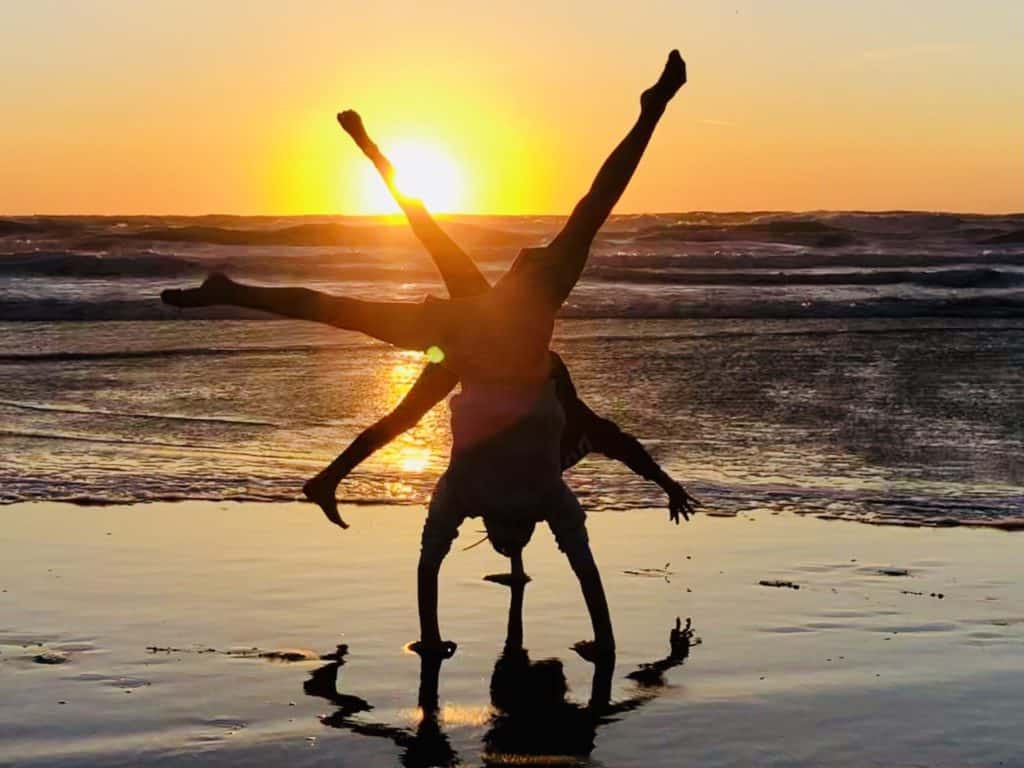
Adam Van de Water’s stunning, exuberant photo won our 2021 Annual Bay Photo Contest. He shares his inspiration, and reminds all of us what the shoreline offers.
“It was March 2021, our girls were going stir crazy with remote school, and they desperately needed to get out of the house. We had a picnic dinner by the Dutch Windmill and ran across the street to Ocean Beach to catch the sunset. It was so windy but so wide open, so free, and so magical.
“I hope [my photo] reminds us not only of the necessity of our Bay Area parks, open spaces, and shorelines, but the joy they bring to all ages as a respite from our urban lives.”
2021 Bay Photo Contest category winners
2021-22 Financials
(combined c3 + c4)












